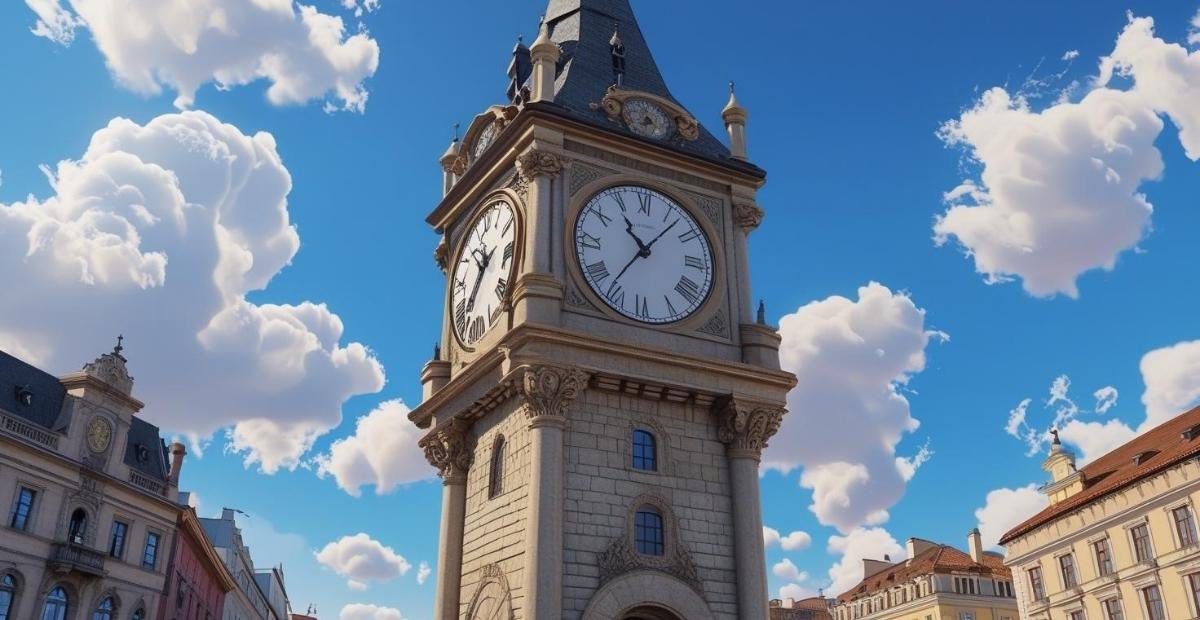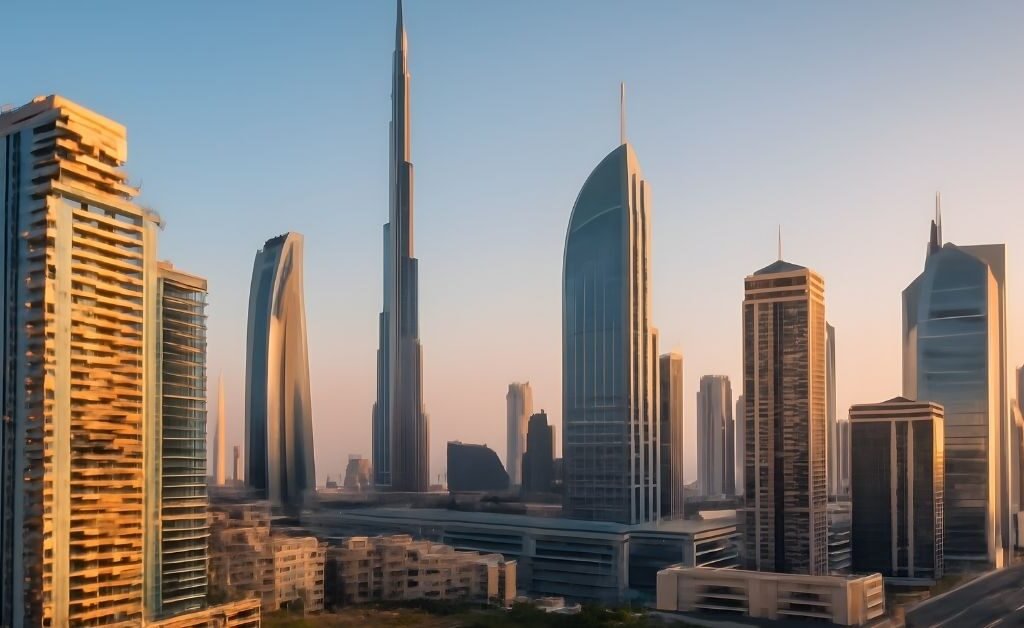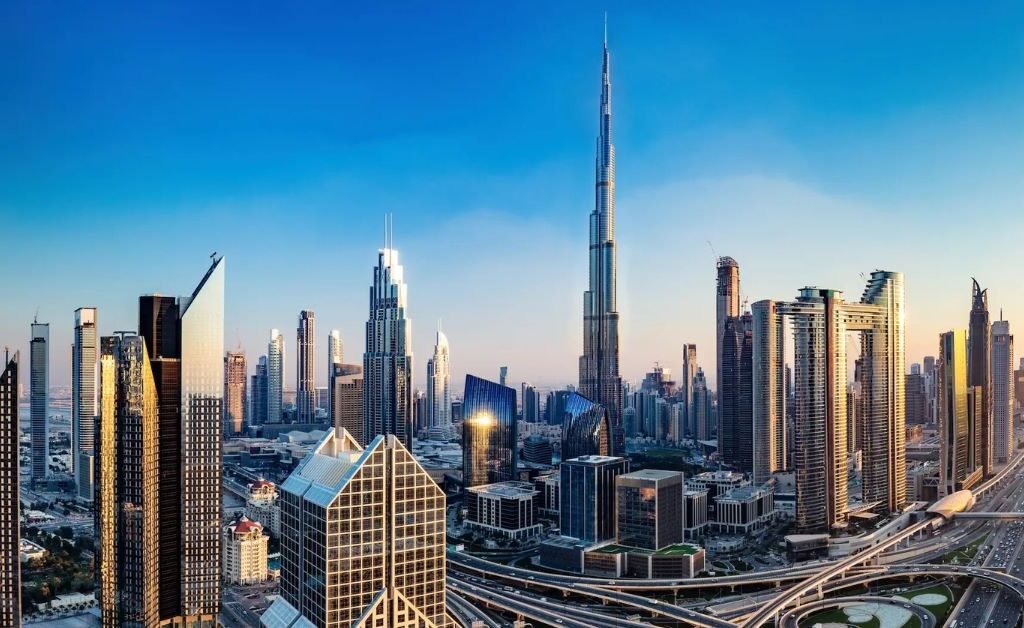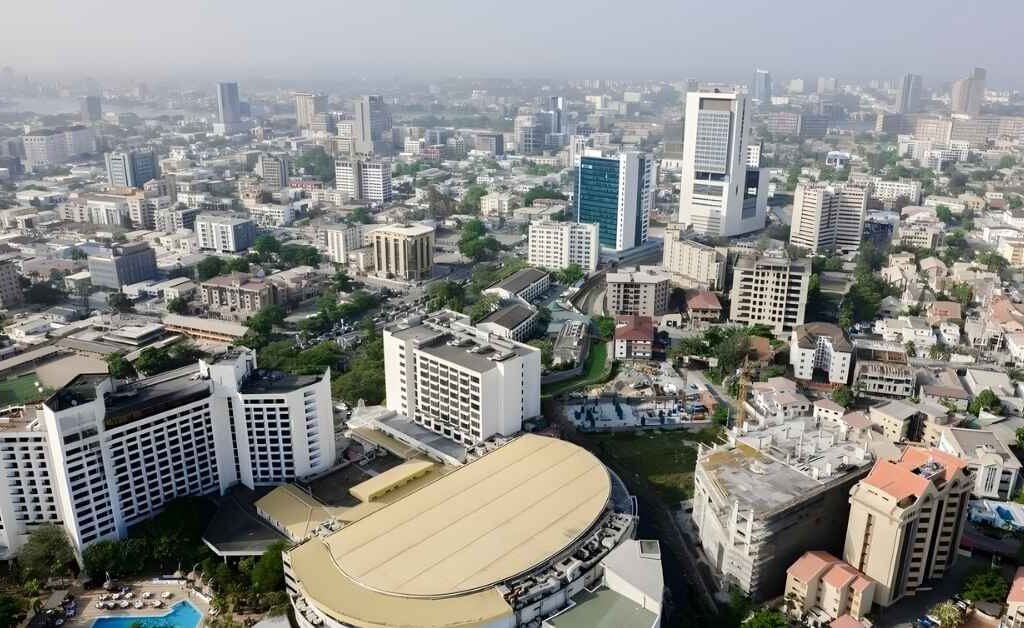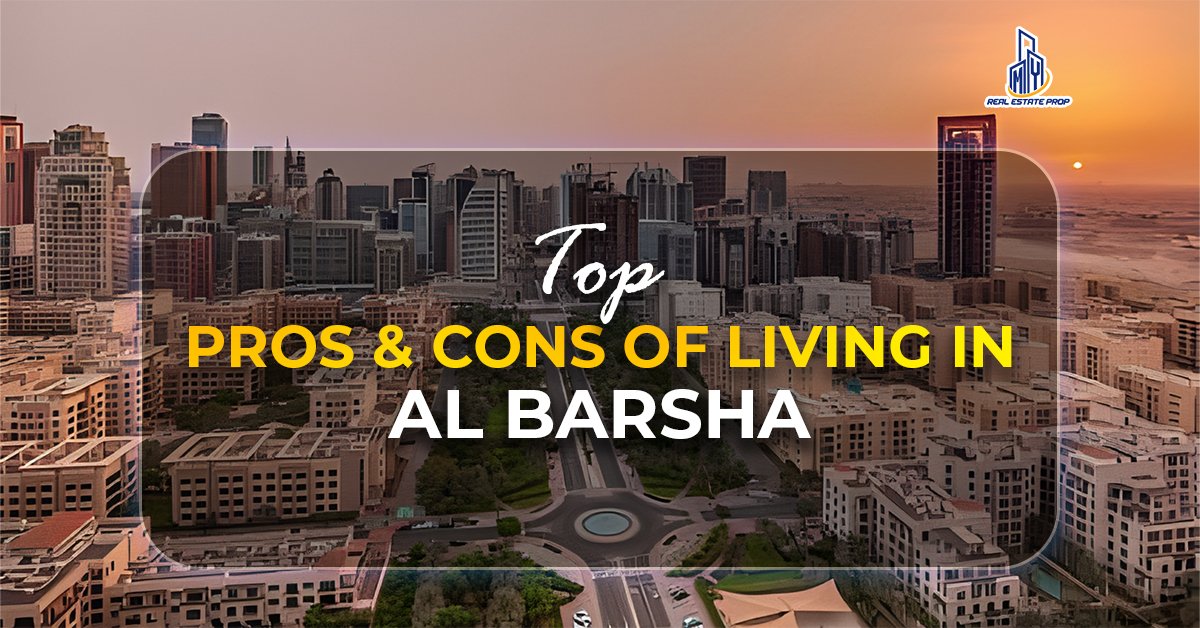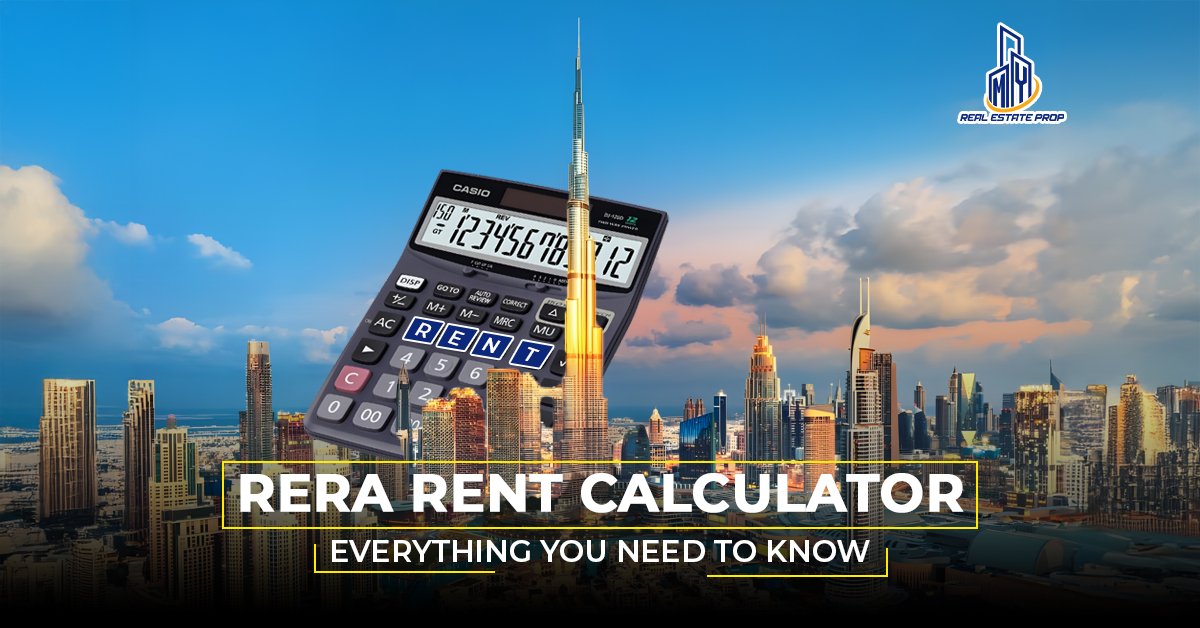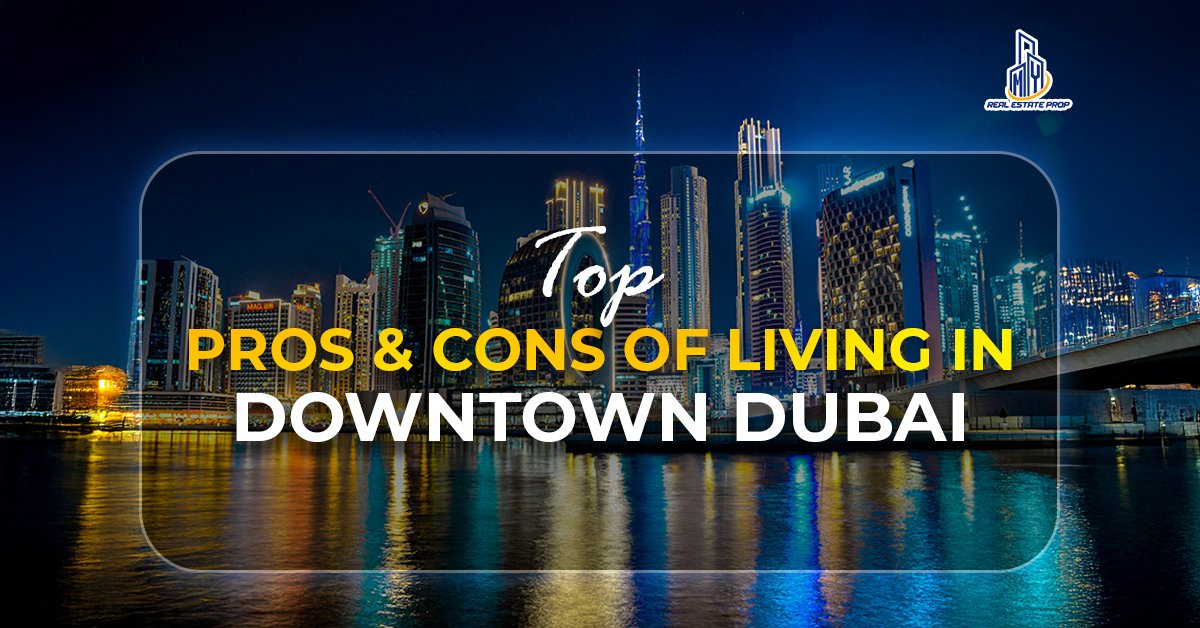As you make your way through the bustling streets of Dubai, one landmark stands out not just for its architectural significance but also for its cultural resonance: the Clock Tower Roundabout. Located at the heart of Deira, this iconic structure has witnessed decades of transformation, both within the city and in the broader context of Dubai’s evolution.
If you’re new to Dubai or just passing through, it’s hard not to notice this distinctive structure standing tall amidst the surrounding skyscrapers. But beyond its bold design and strategic location, what makes the Clock Tower so special? Let’s delve deeper into its history, importance, and the role it plays in the city’s modern-day narrative.
Table of Contents
ToggleA Glimpse into History: The Origins of the Clock Tower
The Clock Tower Roundabout, which stands as a junction between several major roads in Deira, has been part of Dubai’s landscape for over half a century. Constructed in 1965, the Clock Tower was a crucial component of the city’s early infrastructure. Back then, Dubai was a rapidly developing port city, and this roundabout became one of the most important traffic hubs in the region.
The structure itself was designed to be a symbol of Dubai’s modernization. As the city’s population swelled and its economy grew, the clock tower marked a distinct line between the old and new Dubai.
During the time of its construction, the city was just beginning to grow into the sprawling metropolis it is today. As one of the first modern infrastructure projects in Dubai, the Clock Tower served as a beacon of progress.
Why was the Clock Tower so important in the 1960s?
At the time, Dubai was relatively underdeveloped compared to other parts of the world. With the discovery of oil, Dubai was rapidly transforming, and the Clock Tower embodied that moment of transition. The clock itself, placed in the center of the roundabout, signified that time was ticking—and that change was imminent.
The Iconic Design: A Statement of Dubai’s Bold Vision
The design of the Clock Tower was inspired by a blend of traditional Arabic architecture and Western modernism, showcasing Dubai’s forward-thinking approach at the time. The tower’s striking form, complete with a rotating clock face, was meant to reflect both Dubai’s rich history and its aspirations for the future.
The shape of the tower is unique, with a central spire rising sharply into the sky. At night, the illuminated clock faces shine brightly, making it a noticeable landmark, even from a distance.
Its strategic location on Salahuddin Road, one of the main arteries of Deira, ensured that the Clock Tower would not only be a functional piece of infrastructure but also a city landmark one that would be ingrained in the minds of both residents and travelers.
The Clock Tower as a Landmark
Over time, the Clock Tower became more than just a functional landmark. As the city grew and development began to reach all corners of Dubai, the roundabout around the clock tower became a meeting point, a place where people gathered for everything from family outings to business meetings. It stood at the crossroads of old Dubai, near bustling markets and trade centers, and new Dubai, with its cutting-edge malls and luxury hotels.
From a Roundabout to a Hub of Cultural Significance
Today, the Clock Tower Roundabout is more than just a traffic intersection. It stands at the heart of Deira, Dubai’s oldest district, and remains a significant point of reference for locals and tourists alike.
The surrounding area has evolved into a dynamic commercial zone, with major malls, hotels, and restaurants lining the streets. Yet, the Clock Tower persists as a reminder of Dubai’s past while serving as a symbol of the city’s growth into a global economic hub.
In the 1970s, the roundabout was renovated to make it a more pedestrian-friendly space, but the essence of the landmark stayed intact. Today, it connects the busy districts of Al Rigga, Salahuddin Road, and Nasser Square, allowing smooth traffic flow while ensuring that the tower remains the center of attention.
The Clock Tower’s Cultural Role
Over the years, the Clock Tower Roundabout has become a visual anchor for Dubai’s growing cultural landscape. As Dubai’s identity has become synonymous with both innovation and tradition, the Clock Tower epitomizes the city’s seamless blending of these elements.
People often associate it with key moments in Dubai’s history, including its rapid economic development, transformation into a global tourist destination, and emergence as a financial powerhouse.
The Future of the Clock Tower Roundabout: Preserving the Legacy
Dubai is known for its rapid development and modernity. Yet, in the midst of all the high-rise buildings and futuristic designs, the Clock Tower continues to stand as a monument to the city’s past. As new skyscrapers rise and the city’s skyline evolves, Dubai is committed to preserving key cultural and historical landmarks like the Clock Tower.
In recent years, the city’s leadership has made efforts to preserve its heritage while still progressing toward modernization. Plans for revitalization in the Deira area, including the Dubai Creek Harbor Project, aim to maintain the legacy of the Clock Tower while integrating it into the fabric of the city’s rapidly developing urban landscape.
The Clock Tower’s Influence on Dubai’s Modern Architecture
The Clock Tower’s historical significance cannot be overstated, especially when considering its influence on the architecture of Dubai’s future developments. The city is now home to some of the world’s most iconic architectural feats, such as the Burj Khalifa, Dubai Opera House, and The Palm Jumeirah.
But the Clock Tower was one of the earliest examples of how Dubai’s architects balanced aesthetics with functionality. It helped set a precedent for later developments where both form and function were prioritized.
For developers and architects in Dubai today, the Clock Tower stands as an emblem of Dubai’s ambition to create structures that are not just visually captivating but culturally resonant. As such, it remains a key influence in the city’s design philosophy.
Conclusion
As Dubai continues to evolve, the Clock Tower Roundabout stands as a bridge between the past and the future. It’s not just an iconic structure but a living testament to Dubai’s incredible journey from a small trading port to one of the world’s most dynamic cities. While the world around it changes, the Clock Tower remains rooted in its original mission: to represent the passage of time and Dubai’s constant forward momentum.
If you’re planning to explore more of Dubai’s historical landmarks or dive deeper into the city’s rich cultural heritage, don’t forget to check out our guides on Deira’s historical significance or discover the latest developments around Dubai Creek Harbor.

MyRealEstateProp delivers quick, reliable, and insightful updates on Dubai’s real estate market. Our team turns complex property news into clear, easy-to-read insights—helping investors, buyers, and renters stay informed and confident in every decision.

